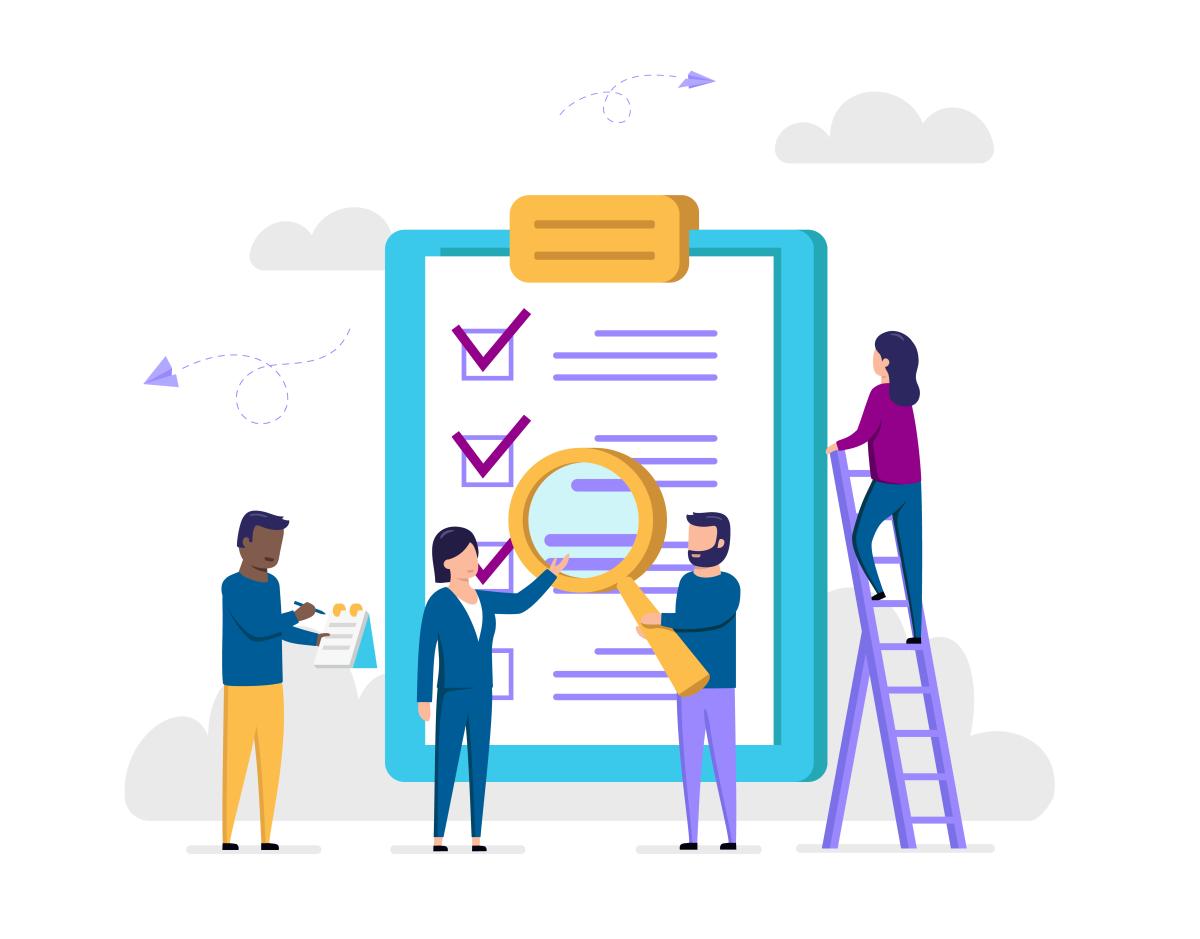...
How would you like to be a Guest Blogger for KMI? Email us at: info@kminstitute.org and let us know your topic(s)!
Mapping the Success Quotient of your Business with Knowledge Mapping
Part 2:
 As we already discussed in the last article, knowledge mapping is one of the most powerful KM tools to identify and inventorize knowledge gaps, risks, and sources and to build a bridge between the two, to ensure a seamless connection of knowledge and SMEs to the knowledge seeker.
As we already discussed in the last article, knowledge mapping is one of the most powerful KM tools to identify and inventorize knowledge gaps, risks, and sources and to build a bridge between the two, to ensure a seamless connection of knowledge and SMEs to the knowledge seeker.
A knowledge map for a specific service line or business process gives a clear picture of the various knowledge sources, locations, owners, and criticality. This can help the knowledge managers and leads understand the knowledge gaps, bottlenecks, and employees who need this knowledge to successfully perform their roles and responsibilities for a specific project.
Let’s start with the basics of how to create a knowledge map:
- Start with the process map of the business unit to understand the current flow of knowledge from people to system and reverse. This will help you understand the key knowledge owners, the skills required for the unit employees to perform their roles, and the knowledge gaps obstacles, and risks explicitly.
- The next step is to narrow down the risks, gaps, and bottlenecks and strategize ways to fill the knowledge gaps in areas where the skill gap can have maximum impact on role performance and business.
- Some of the questions to be considered while prioritizing knowledge gaps are:
- What knowledge is critical for the successful completion of work and project execution
- What knowledge is readily available and what is missing
- How the knowledge flow can be achieved to fill the knowledge gaps
- What are the specific steps required to achieve this outcome
- Creating a knowledge map is not the end result, it is a roadmap that needs to be continuously reviewed, audited, and updated to streamline the knowledge management process.
- Use the knowledge maps to create a successful knowledge management framework and measure it closely by leveraging metrics like stakeholder satisfaction, business outcome achievement, impact on quality, efficiency, and innovation.
This is a whole series where next we will discuss how to create a knowledge map aligned with the business unit, management goals, and business outcomes and the types of knowledge maps aligning to your specific needs.
Next, we will talk about the barriers, and how to keep them relevant and current and some successful knowledge mapping case studies and their outcome. Stay tuned and I hope this series of blog help you with your knowledge mapping process.
 Ekta Sachania has over 15 years of experience in learning and talent development disciplines, including knowledge management, content management, and learning & collaboration with expertise in content harvesting, practice enablement, metrics analysis, site management, collaboration activities, communications strategy and market trends analysis. Demonstrated success in managing multiple stakeholder expectations across time zones and exhibiting good project management skills, by successfully developing and deploying projects for large audiences. Ability to adapt and work in emerging areas with fast-shifting priorities. Connect with Ekta at LinkedIn...
Ekta Sachania has over 15 years of experience in learning and talent development disciplines, including knowledge management, content management, and learning & collaboration with expertise in content harvesting, practice enablement, metrics analysis, site management, collaboration activities, communications strategy and market trends analysis. Demonstrated success in managing multiple stakeholder expectations across time zones and exhibiting good project management skills, by successfully developing and deploying projects for large audiences. Ability to adapt and work in emerging areas with fast-shifting priorities. Connect with Ekta at LinkedIn...
Other Featured Blogs by Ekta:
Archives
- December 2016 (1)
- November 2016 (1)
- October 2016 (2)
- September 2016 (2)
- August 2016 (2)
- July 2016 (1)
- June 2016 (3)
- May 2016 (2)
- April 2016 (2)
- February 2016 (1)












 ...
...
